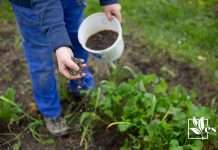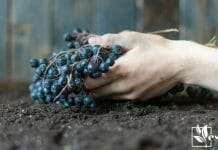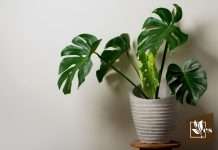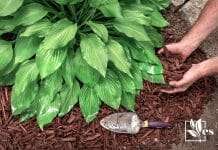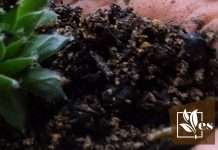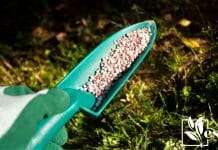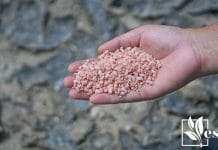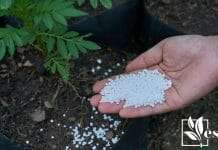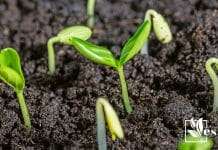Many garden enthusiasts often ask me if compost is the same as soil. While both are essential to a garden’s vitality, they are distinctly different both in composition and purpose. Soil is the foundation of any garden, the overarching medium in which plants grow. It’s composed of a variety of elements such as minerals, air, water, and organic material, forming the topmost layer of the Earth. Its quality directly affects the health of the plants, making it a gardener’s prime asset.
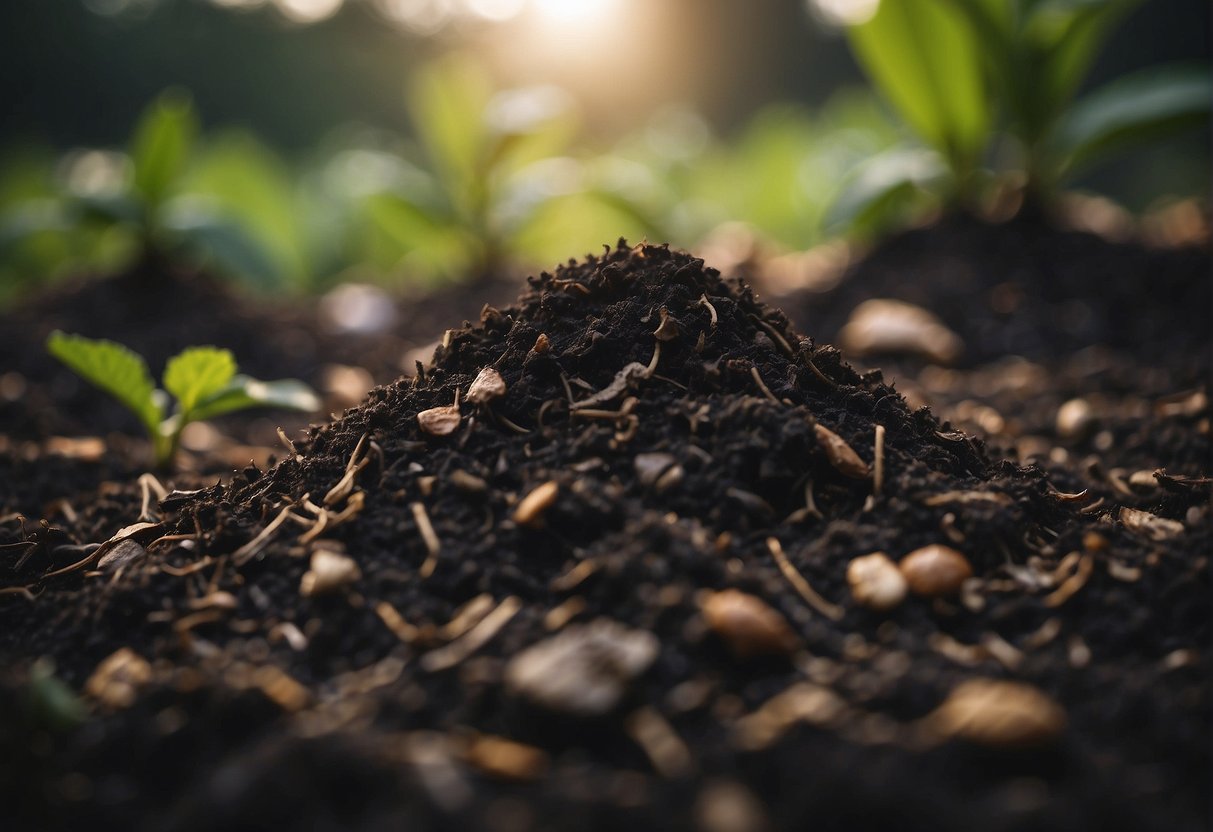
Compost, on the other hand, is the result of decomposed organic matter, like leaves, vegetable scraps, and manure. It’s a soil amendment—something you add to improve soil health, structure, and nutrient content, rather than soil itself.
I view compost as a natural enhancer for soil. It introduces beneficial microorganisms and nutrients that promote robust plant growth and improves soil structure, allowing better root penetration and water retention. By enriching the soil with compost, gardeners are not only nurturing their plants but also contributing to environmental sustainability. Composting organic waste reduces landfill volumes and the production of greenhouse gases, while simultaneously capturing carbon in the soil. This makes compost an invaluable ally in both gardening and ecological conservation.
JUMP TO TOPIC
Composting Fundamentals
As an experienced gardener, I know that successful composting requires an understanding of the critical components and processes involved. Now, let’s dive into the essentials of creating nutrient-rich compost.
Composting Ingredients and Materials
I always start my compost pile by balancing carbon-rich materials, like dry leaves, with nitrogen-rich substances, such as kitchen scraps. Achieving the right mix is vital:
| Carbon Sources | Nitrogen Sources |
|---|---|
| Dry leaves | Food scraps |
| Straw | Coffee grounds |
| Paper | Grass clippings |
The Science of Decomposition
In my composting process, I’ve observed that microorganisms play a crucial role in decomposition. They break down organic materials into rich, fertile compost. Maintaining proper moisture and air circulation is essential to support these helpful bacteria and fungi. Here are some key factors:
A balanced compost pile should feel like a wrung-out sponge.
💥 Oxygen availability is critical for aerobic decomposition and preventing foul odors.
Types of Composting Methods
I have used various composting methods over the years, each with its unique advantages. For beginners, static compost piles may be the easiest to maintain, while tumbling composters can speed up the process significantly. Here’s a brief overview:
Static Pile: A simple stack of materials that decomposes over time.
Tumbler: A rotating bin that speeds up decomposition by increasing aeration.
Vermicomposting: Utilizing worms to expedite breakdown of materials.
Soil Enhancement and Management
Ensuring soil health is crucial for sustainable gardening. I focus on improving soil structure, balancing soil nutrients, and adjusting pH for optimum plant growth.
Improving Soil Structure and Texture
Enhancing soil structure is vital for plant health. I incorporate organic compost to increase soil porosity, which improves air circulation and water movement. This practice is especially beneficial in soils that are either too sandy or heavy with clay.
- Adding organic matter to improve soil aggregation
- Regularly loosening the soil to prevent compaction
- Using cover crops to enhance soil texture and protect against erosion
Soil Types and Their Properties
I understand that soils can be sandy, loamy, or clay-heavy, each with distinct characteristics. Sandy soil drains quickly but doesn’t hold nutrients well. Clay soil retains water and nutrients but has poor drainage. Loam soil is an ideal balance, offering good drainage and nutrient retention.
| Soil Type | Drainage | Nutrient Retention | Textural Feel |
|---|---|---|---|
| Sandy | High | Low | Grainy |
| Clay | Low | High | Sticky when wet |
| Loam | Moderate | Moderate | Smooth and crumbly |
Nutrients and pH Balance in Soil
Soil nutrients are the building blocks for plant health. I test soil regularly to monitor nutrient levels and pH balance. A neutral pH around 6 to 7.5 is ideal for most plants, but some may require slightly more acidic or alkaline soil. Organic compost can improve nutrient levels and often helps in neutralizing pH.
- Measuring pH levels with a testing kit
- Applying natural amendments like lime to raise pH or sulfur to lower it
- Enriching soil with organic compost to boost nutrient availability
Practical Applications in Gardening
When incorporating compost into a garden, understanding its appropriate use is key to supporting plant growth. Compost provides a variety of benefits including improved soil structure, enhanced water retention, and a source of nutrients.
Suitable Composts for Different Plant Needs
Different plants require specific nutrient balances to thrive. I personally use a variety of composts depending on what I’m trying to grow.
- For Vegetables: A compost rich in nitrogen promotes leafy growth, which is essential for plants like spinach and lettuce.
- For Flowering Plants: Phosphorus-heavy compost aids in healthy flower development, benefiting plants such as roses and tulips.
Each type of compost must be matched to plant needs, ensuring optimal growth and health.
Landscaping and Soil Preparation
When landscaping, preparing the soil is a vital step. I always incorporate compost into the garden soil to improve its structure and fertility.
- Soil Structure: Compost enhances drainage and aeration.
- Nutrition: Compost acts as a natural fertilizer, slowly releasing essential nutrients.
These attributes make it an ideal amendment for garden soil preparation, setting a strong foundation for plantings.
Container and Indoor Gardening
For container and indoor gardens, using the right potting mix is crucial. Here’s what I do:
- Drainage: I ensure the potting mix has compost to prevent waterlogging.
- Nutrition: Adding compost provides a slow-release source of nutrients, which is particularly important in the limited soil volume of containers.
Using compost in potting soil is a smart choice to promote robust plant growth in container gardening environments.
Environmental Impact and Sustainability
Compost is not the same as soil, but it significantly enhances soil health, contributes to sustainable agriculture, and reduces the environmental impact.
In my experience, using compost has a profound effect on both garden health and the broader environment. Compost is a decomposed organic matter, distinct from soil, that enriches the earth with vital nutrients. It’s a responsible choice for waste management and promotes a circular life cycle for organic materials. Let me explain how this works.
💚 Environmental Benefits of Compost:
- Carbon Sequestration: Compost returns carbon to the soil. This process enriches the soil, lessens our carbon footprint, and fights climate change.
- Water Retention: It improves the soil’s capacity to retain water, reducing the need for irrigation and preserving our precious water resources.
- Sustainable Farming: By replenishing soil fertility naturally, compost reduces dependence on chemical fertilizers, promoting sustainable and eco-friendly farming practices.
Yard waste like leaves and grass clippings, as well as kitchen scraps, can all be composted. I avoid sending these to landfills where they would release methane, a potent greenhouse gas. Instead, I use them to generate compost, a natural product that nurtures my garden and the earth. It’s a simple action that contributes to a healthier planet.
Mismanagement of composting can lead to nutrient run-off or other environmental issues. It’s critical to follow proper composting techniques.
Overall, compost is a tool I use to maintain a harmonious relationship with nature. It seamlessly integrates into the cycle of growth and decay, making my garden a testament to the wonders of natural processes.



